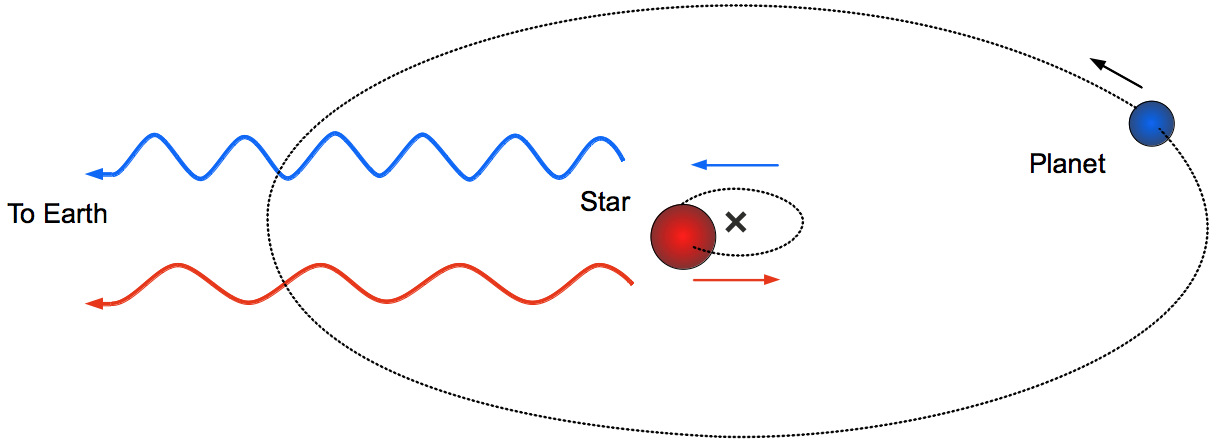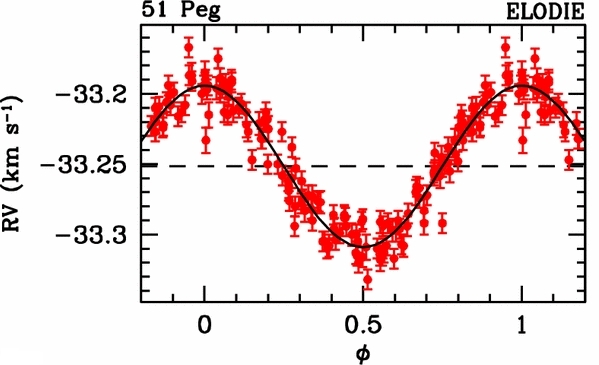This poem was delivered at OSCON 2016, which is an Open Source conference attended by many geeks who are interested in stuff. Our presentation was in the very final time slot on the last day, so I decided I wanted to try and do something fun. There were accompanying slides that helped to illustrate things.
Project Panoptes, Of Course
by Wilfred Tyler Gee
A long time ago, in the 1980s let's say
In a star system that was located far, far away
From the galactic center, but it was home to the earth
There lived a vain little species, the Center of the Universe!
Now these humans would stare, looking up from the ground
But despite their best efforts, no others they found.
A “Wandering Star”, a local planet, yes, they did see
But alone in the universe they assumed they must be.
Other stars? Sure! there were a billion above!
And astronomers to categorize them, that’s something they love.
But when they looked at the stars what did they see?
Certainly not a planet around a celestial body
However some were determined and kept looking for more
But it’s not like a planet just knocks at your door.
Then in 95, Mayor & Queloz caused shock,
by revealing that planets, instead of knocking, could rock.
Not rock out loud, nor of the terrestrial kind,
But rock the star in its orbit, a remarkable find!
A find so exciting, you'll have to excuse,
while I pause very briefly to take our first interlude:
***
Interlude: Radial Velocity
***
Now 51 Pegasi
Has a planet called 'b'
That tugs at its parent star
Now Newton has told us
Of the gravity that holds us
And how it pulls everything from afar.
Take a two body system
Where one’s huge and one isn’t
For instance, the Sun and the Earth
Here the sun holds its ground,
While the planet goes around,
For its entire orbital girth
However! as the planet goes 'round
A slight wobble is found
From the planet pulling its way
Take 51 Pegasi
And it’s hot-Jupiter named ‘b’
That orbits in just four rapid days

For when the planet goes far
To the other side of the star,
The light is red-shifted away
And by shifting the light,
Even ever so slight,
Planets show up in a periodic way.

Doppler Spectroscopy,
Another name for Radial Velocity
Is the name of this detection technique
And as far as techniques go,
RV stole the show,
And finally gave us some planets to seek
***
Now back on the Earth this caused quite a stir
For astronomers had never considered these planets before.
A Jupiter mass at point 05 AU?
Why that’s closer than Mercury (which I’m sure that you knew)
You see, we did have some models of how planets form
But this first one we found was way out of the norm.
Gas giants, we thought, should be far from their star
And should never be able to migrate that far.
Now their results at that time could not be explained
But more importantly it caused their approach to be changed.
For if we knew of one, then surely there’s others
Just waiting out there for someone to discover.
And discover they did, but with all new techniques
For some of the astronomers had started to think:
If a planet that big passes so close to its source
It would naturally interfere with the light beam, of course
So it was Charbonneau et al, researchers from Harvard
Who really got this whole exoplanet detection thing started.
And the transit technique is the one that they used
Which brings us, of course, to our next interlude
***
Interlude: Transit Method
***
“It’s just luck,” you might say
That a planet falls in the way
To catch in our line of sight
But although this is true
What I’d like to tell you
Is that the numbers make it turn out alright.
If just one percent are coplanar
Then it’s a no-brainer
That we can get a significant amount
For one percent of a billion
Is still 10 million
And that’s a conservative count
But how does it happen,
This magical dampening
Of something so large and so bright?
Well by keeping tight count
Of the photon amount
That comes at us all through the night
Not the same as a shimmering
But an actual reduction in flux
This corresponds to a planet
In the midst of a transit
And doesn’t rely on your luck
Now it takes just one percent
Of the total light sent
For us to measure a light curve
So by keeping close track
Of the light in the black
All that’s left to do is observe
***
So transits were successful and proved possible to find
Causing NASA and others to make up their mind
To commission a ‘scope, one sent up in space
That really began to heat up this race.
Kepler’s its name and it had just one purpose
To stare at the sky and report it back to us.
At one spot it looked with an unwavering eye
Capturing everything that happened in that small chunk of sky.
For three years it looked and the data’s still coming!
But in that short time it found way more than a dozen.
First 20, then 50, and finally a hundred
And astronomers were stoked that it actually got funded
And now here we are, not many years later
the numbers are high and they keep getting greater
In fact, in this very month 1200 more were announced
More than doubling the number of the confirmed planet count
So the science is great and the research exciting
And if you want to get involved it seems really inviting.
But there’s just one problem with these giant surveys
You'll need a PhD, 12 years, and millions you can pay.
***
But wait! Wait! That can't be all!
I didn't come here just to put up a wall
And while PhDs and giant missions are great
That's no way to get the public to relate.
And if there's one thing we've learned from all this open source
It's that everyday people want in on discourse
So we're happy to say you can help find exoplanets in full force
How do you do it? Why, Project PANOPTES, of course!

No comments:
Post a Comment